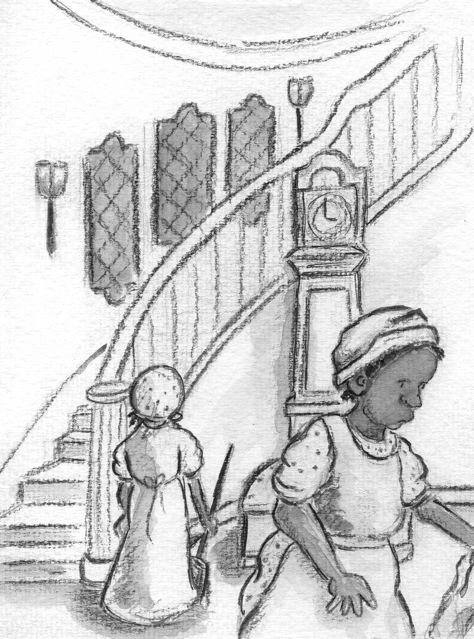

How did Miss Mary Finch’s view of slavery differ from that of most slave owners? Why does Mr. Discuss the difference between a servant and a slave.

Mahmoud eventually concludes that visibility is best: “See us….Hear us. Each third-person narrative offers an accessible look at migration under duress, in which the behavior of familiar adults changes unpredictably, strangers exploit the vulnerabilities of transients, and circumstances seem driven by random luck.

Each initially leaves by boat, struggles between visibility and invisibility, copes with repeated obstacles and heart-wrenching loss, and gains resilience in the process. Each traverses a landscape ruled by a dictator and must balance freedom, family, and responsibility. Yet these three refugee odysseys have so much in common. Three countries, three time periods, three brave protagonists. In the midst of political turmoil, how do you escape the only country that you’ve ever known and navigate a new life? Parallel stories of three different middle school–aged refugees-Josef from Nazi Germany in 1938, Isabel from 1994 Cuba, and Mahmoud from 2015 Aleppo-eventually intertwine for maximum impact.

Anderson’s The Astonishing Life of Octavian Nothing, Traitor to the Nation: Volume II, The Kingdom on the Waves, another superb take on the subject. Readers will care deeply about Isabel and may feel frustrated by the abrupt ending to the novel, clearly poised for a sequel or two. Taught to read by her previous owner, Isabel knows the Bible and has memorized poetry, and her eloquent first-person voice portrays her life as a slave even as she spies for the rebels, covertly delivers food to Bridewell Prison and plots her own escape. She wonders, “If an entire nation could seek its freedom, why not a girl?” Anderson brilliantly recreates New York City in the summer of 1776, viewed through the eyes of a remarkable heroine. “ ‘Freedom and liberty’ has many meanings,” but enslaved Isabel knows that while Loyalists and Patriots battle for their own versions of freedom, she is “chained between two nations” that uphold slavery.


 0 kommentar(er)
0 kommentar(er)
